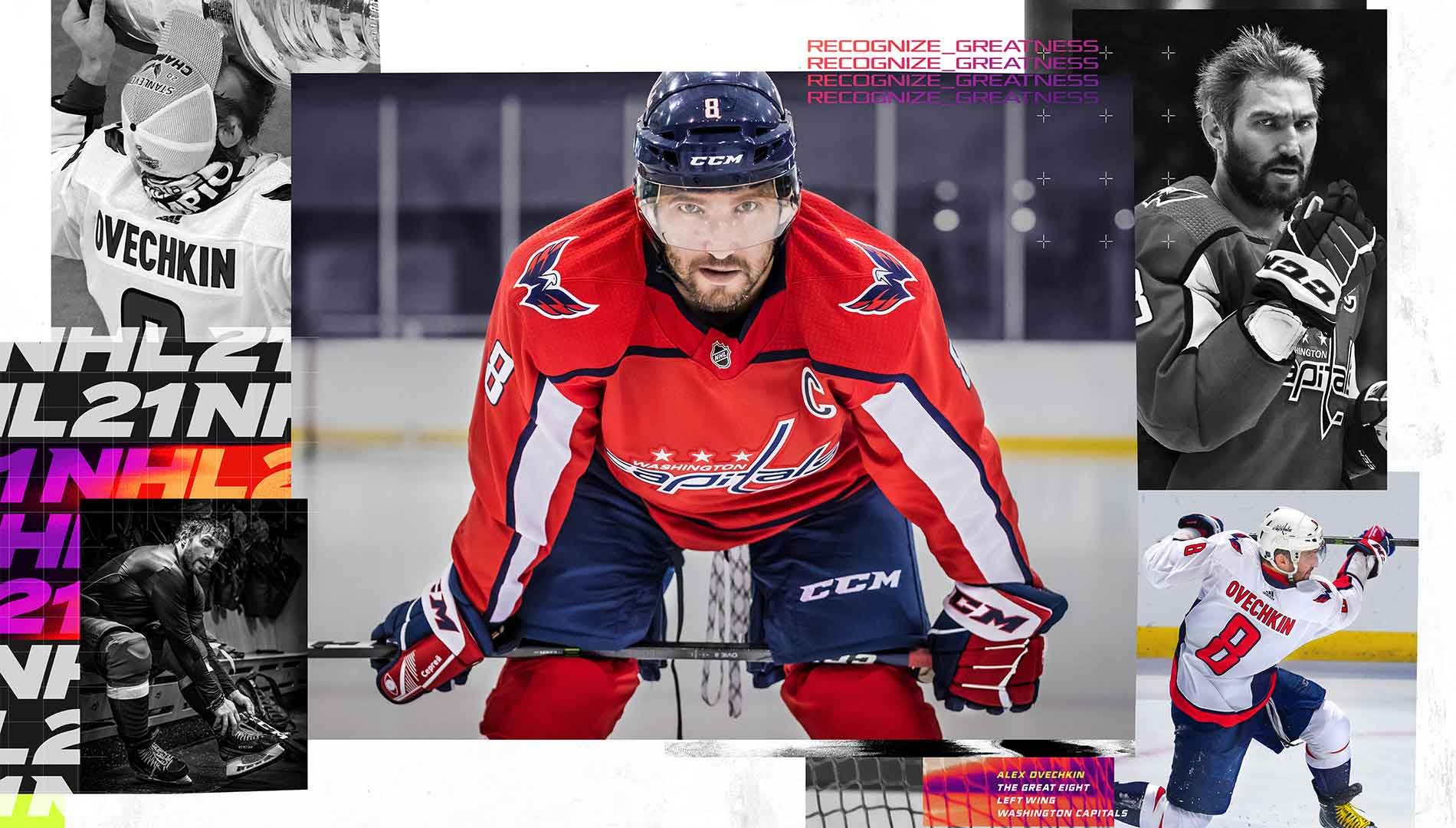This past winter, sports were thrown a curve ball just like the rest of the world. Leagues shut down quickly, after a Utah Jazz player tested positive for COVID-19 after infamously touching and blowing on all of the microphones that sat in front of him during a post-game press conference. The National Hockey League was, of course, one of them, and the resulting pandemic forced it to close up shop for a good amount of time. This stalled the 2019-2020 regular season, before eventually ending it. Instead of finishing the remaining games off, the League decided to skip ahead to the playoffs, with an expanded amount of teams playing in two separate bubbles, one of which was in Toronto while the other was in Edmonton, Alberta.
When all was said and done, the Tampa Bay Lightning won the bubble’s Stanley Cup, after handily defeating the Dallas Stars. The best news, though, was that there were no positive tests during play in the bubbles, meaning that the idea worked. Of course, it also worked for the NBA. The MLB and NFL haven’t been so lucky, but they weren’t as smart about their return to play plans.
All of the above is important, because it sets the stage for EA Sports’ NHL 21, which has released despite this fall being an irregular and unexpected off-season for the world’s best hockey league. If this was any other year play would be occurring as I type this, because seasons normally began on October 3rd or October 5th. As of right now, we don’t know when to expect the 2020-2021 season to begin, and it’s likely that it won’t kick off until at least January 1st. It’s all so weird, but proper precautions were taken and continue to be.
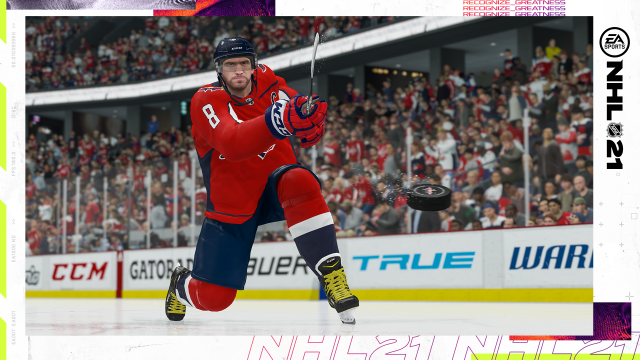
This means that, for the first time since the last lockout, EA’s NHL series has released without a real-life schedule to adhere to. The result is randomized season schedules, which don’t have to worry about real world things like arena availability. That isn’t a slight against the system, though, because it’s been fine in my experience. I was actually pretty impressed with the schedule that was created for my first Be a Pro season.
With superstar Alex Ovechkin gracing the cover for the first time since NHL 07 — which just so happened to kick off the Xbox 360 generation, while introducing the much talked about skill stick control system in the process — NHL 21 concludes another console generation on a high note. While it isn’t a revolutionary change, and is merely a yearly update and revision like almost all sports games usually are, it’s a good one that features some nice and appreciated changes. It also feels better, thanks to improved on ice play.
The biggest difference between last year’s iteration and this year’s happens to be the aforementioned Be a Pro mode. After years of customer requests and appeals, EA Sports Canada has brought Live the Life content back into the RPG style career mode. The result is something that is more fun and engaging than ever before, not to mention more realistic.
In Be a Pro, you’re given the option of starting in the Memorial Cup or opting to begin in Europe, during the Champions Hockey League playoffs. How you fare in either of these tournaments will affect where you’re drafted ahead of your first NHL season. Doing well will cement you as the first overall pick, and may mean that you’ll soon be a member of the New York Rangers or Los Angeles Kings, unless something crazy happens during the draft lottery. Both times I was drafted, it ended up the same: The Rangers got to pick first overall, while the Kings went second. The two teams both interviewed me — which is something new to the series — and then one of them picked me. It surprised me when I was selected second overall by LA the first time through, after blowing away the competition in the Canadian Hockey League, before going first overall to the New York Rangers after winning the Champions Hockey League playoffs.
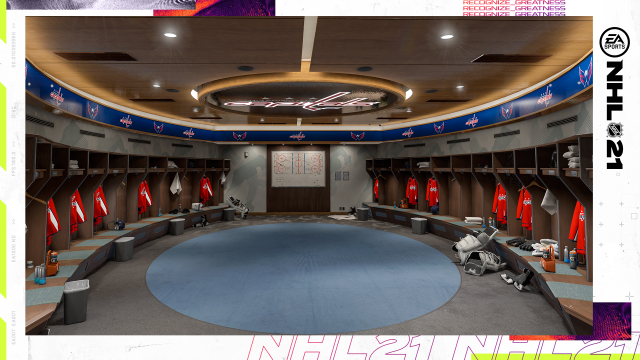
Those who choose to play Be a Pro will immediately notice how different things are, and it should be a welcomed sight. The RPG elements have been taken to a new level, and they’re really apparent from the get go. You’ll receive skill and talent points, which can be used to unlock skills and up to three special abilities (like increased injury resistance, greater shooting or one of many other options) and will affect how you play on the ice. If you want to be a high scoring sniper, your best bet is to load up on shooting and passing skills. Meanwhile, those who wish to be more rugged can opt for durability and toughness skills. Granted, if you play long enough you’ll probably be able to unlock almost all of them. It just takes time.
The most notable differences come from the content inspired by NHL 14‘s beloved Live the Life mode. This includes media interviews, discussions with your coach and general manager (although the latter are very rare), check ins with your agent and conversations with your teammates. Although this may sound overwhelming that isn’t the case. Conversations don’t pop up after every single game, and you won’t be hit with every different type at once. It’ll usually just be one, then a break for a game or three.
Be a Pro actually begins with a radio interview between the host and your agent, as you play a non-interactive game of shinny on a frozen lake. This occurs before you decide whether to play in Canada or Europe, and obviously precedes your NHL career as well. Talks between you and your agent will be pretty common early on, but they’ll lessen over time. That said, your agent will still check in and talk to you about endorsement deals, charity games, events and the like. These offer you decisions as to what to say and how to go ahead. For example, will you agree to a cereal sponsorship? Will you then try to persuade your agent into getting boxes for the whole organization? This is, of course, a pretty minor example. A better one may be whether you’ll attend a charity event, and what you’ll bring with you.
Your head coach will also be a regular voice, and he’s who you’ll understandably talk to the most. This will occur before, during and after games. For instance, he may talk to you about how you’re progressing. Then, during a game he’ll pull you aside at least once, to ask you to do something special like hem the other team in, score a goal or not take any more penalties. Challenges can also be issued by the coach prior to the next game, and succeeding at them will net you more experience points.
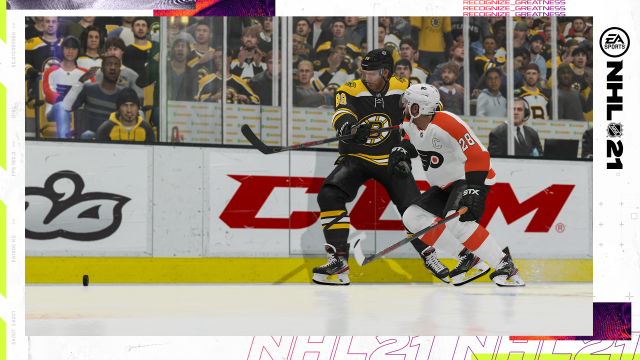
Speaking of challenges, I’d be remiss if I didn’t mention that teammates and media members can also challenge you to certain goals. They may ask you to block a couple of shots, have an assist or get a certain amount of hits during the next game. The media ones are sometimes the result of dialogue choices, wherein you get cocky and try to flex your stat power, then end up talking yourself into having to put your money where your mouth is, so to speak.
The way things are designed separates dialogue choices between a couple of different trees. One is team related, and will increase your likeability value at the team, coaches and organizational levels. Meanwhile, the other is all about you, and is referred to as star. This is where you can be cocky and overconfident, but it comes with a risk that I mentioned above. Being a showboat can also hurt your relationship with your teammates and the organization, which is understandable. After all, hockey is a team sport.
As you play you’ll find that your rookie is the centre of attention, and that he’s constantly talked about on a local radio show that is hosted by James Cybulski and features Ray Ferraro as a regular call in guest. The show takes the form of a traditional sports radio affair, and features calls from ‘fans’ who want to talk all about your successes and failures. As is often the case in cities like Toronto, some of the callers are quick to catastrophize if you have a bad game. They’re simply too passionate, like I feel I am when it comes to my team.
Be a Pro is rounded out, and made better, by some other changes and additions. For one, Cybulski and Ferraro talk about you more during games than ever before, while also bringing in a third crew member who talks about social media posts as you skate up and down the ice. Secondly, there’s more of a focus on building your brand and becoming a record breaking superstar. What I mean by that is that organizational and league records are now tracked, allowing you to see how you fare against your team’s best of all time. One of the achievements actually asks you to break a franchise record, which I did by breaking the Rangers’ rookie goal, assists and points records, though I didn’t get the achievement. Maybe it was because I simulated the last 40% of the season to get into the playoffs and win the Cup before writing this review. I did, however, get credit for winning the Calder and the Stanley Cup in the same season. I figured I’d mention this, because some still care about achievement points.
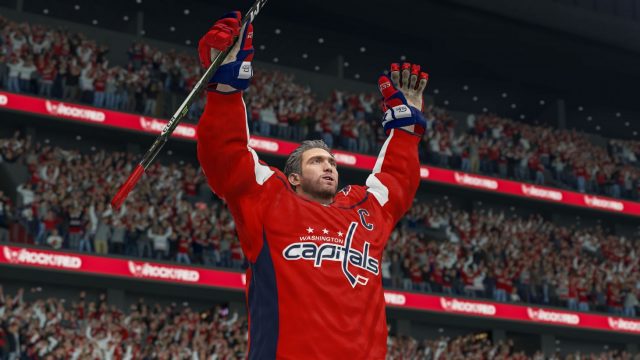
While everything mentioned above is appreciated, and it all makes the game better, I’d be lying if I said that the conversations didn’t become a bit annoying after a while, especially when I was simming and would be interrupted by them. Their pros heavily outweigh their more minor cons, though. Furthermore, NHL 21 continues to have one of the more challenging and time consuming achievement lists, because two of them ask you to do things like break Gretzky’s career records and retire as an all-time great. That’s a lot to ask for.
Of course, Be a Pro isn’t the only mode to be found in NHL 21. Not even close. All of the familiar favourites return, including Play Now, Franchise and online play for both regular games and shootouts. Hockey Ultimate Team is another returning favourite, which features more options than ever, and also has a sister mode called HUT Rush, which is full of timed challenges against preset teams. HUT and Be a Pro seem to be the two most popular single player options, but it’s very possible that the online suite caters to more people these days. Unlike BAP, though, HUT can be played online and I believe always could be. So, too, can NHL Threes, which returns in what is seemingly a mostly unchanged format.
As someone who was obsessed with the Xbox Live Arcade game, 3 on 3 NHL Arcade, I was excited when NHL Threes was first announced and implemented. Reason being was that I thought it would end up being a nice replacement for that incredibly addictive downloadable title. However, while I enjoyed Threes, it wasn’t the same, or as good. I completed the mode’s two really lengthy circuits in NHL 19, I believe it was, but became tired by it after that. As such, I didn’t end up playing much of the mode in NHL 20, despite wanting to complete its circuits as well, since doing so would allow me to add the game to my list of completed titles. After all, it’s basically the series’ campaign mode now, since Be a Pro is so open ended until you’re forced to retire.
Threes is good, but it doesn’t have the staying power of other modes. It’s just not something I can play repeatedly, at least not anymore. I burned out on it rather quickly. This is despite its inclusion of online gameplay. Some surely still love it, though. After all, they wouldn’t keep including it if it wasn’t that popular. It is in need of a refresh though.
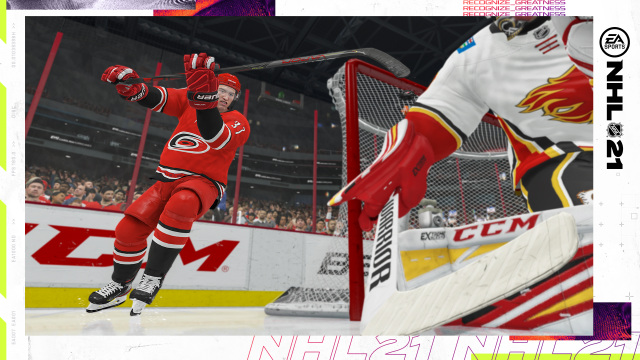
World of CHEL also returns, and it seems similar but more polished than before. There are more things to unlock, including NHL 94 retro gear (which may just be a preorder bonus, like the upcoming NHL 94 Rewind downloadable game), and the gameplay feels a bit more fluid. That’s actually the case with the entire game, because — after playing a great amount of NHL 20 during the last several months of quarantine — NHL 21 feels more polished and better overall. Of course, it’d be bad if that wasn’t the case. I’m just pointing out that the upgrades are noticeable, and that even the collision system is better.
If you’re someone who likes to pull off fancy moves and special dekes — things I struggle to do during fast-paced games, despite the many hours I’ve put into this series — you’ll be happy to know that two more special moves have been added into the mix. One is a bank pass, which allows you to bank the puck off the back of the net as a sort of pass to yourself. The other is the lacrosse goal, which Andrei Svechnikov of the Carolina Hurricanes has become renowned for. They’re both difficult to pull off, but ever so satisfying if you do.
I was also admittedly shocked by how much trade activity occurred during my time with the game. When I sat down to play Be a Pro I expected some movement to have occurred, but not the sheer amount that had. So many goalies switched teams, to the point where I curiously looked at the rosters for every team. As a Leafs fan, I was happy that they’d traded for Korpisalo from the Columbus Blue Jackets, but was surprised to see that all it seemingly took was Holl and Mikheyev. Meanwhile, Frederik Andersen got moved to St. Louis, Jacob Markstrom ended up in New Jersey, Henrik Lundqvist became a Detroit Red Wing and so many other teams had different goaltending tandems. Hell, I scored my first goal on Robin Lehner, who signed with the Nashville Predators because Pekka Rinne moved on. Oddest of all, though, was seeing that Alexander Ovechkin had joined his arch rival Sidney Crosby and the Pittsburgh Penguins.
No wonder they were leading the conference in points.
For the most part, things ran smoothly and performed well. I played this game for 10 or more hours over the last few days, and had a hard time putting it down, as I usually do with this series. I did, however, notice some pretty minor glitches. For one, my rookie and his Rangers teammates would sometimes change jerseys in-between leaving the ice and entering the locker room for the post game stats screen. That happened at least a couple of times. There was also a one time clock glitch once, where the clock went haywire while I was in the penalty box, and some minor visual glitches the likes of which are usually seen in a game like this. Most disappointing was that there was still some lag in online versus, although I admittedly don’t have the best Internet connection. Most of the time it works fine, though, and I had issues with lag in NHL 20. There would usually be at least one brief hitch during each game, and I read that others were experiencing it too.
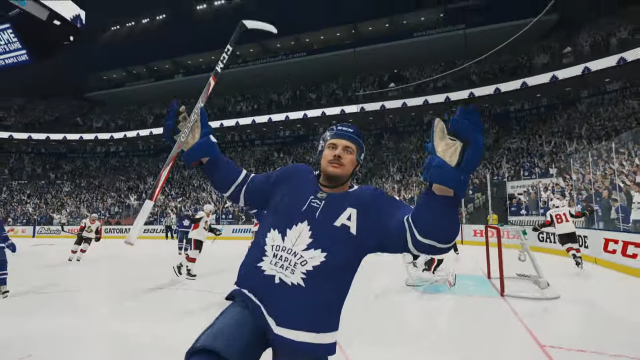
As far as presentation goes, NHL 21 continues to be pretty strong. It hasn’t changed a ton in recent years, and could perhaps benefit from a new engine or visual overhaul, but I’m still pretty happy with how it looks and plays. The menu systems are mostly the same as they were the last couple of years, and the commentary once again features Ray Ferraro (who’s the best in the business) and James Cybulski, but that change occurred last year. James is loud but fine, and his radio show is actually pretty well done. They both provide a lot more detailed commentary, too, which is nice.
I must admit, though, that I don’t like the changes they made to the online versus menu. It’s a big downgrade, but it is what it is I guess. We’re just talking about the mode’s first ‘ready’ menu, so it’s not like it has a massive impact on things. I just don’t understand why they would’ve changed it to the design that they chose.
In conclusion, it’s easy for me to recommend NHL 21 to interactive hockey fans. Since it finished downloading on Tuesday I’ve had a hard time pulling myself away from it, and that’s obviously a good sign. It’s addictive, immersive and another good installment of one of my favourite series, which I’ve been playing since the early 90s. That said, whether you see the value in buying this year’s iteration will depend on your finances, how often you play hockey games and your stance on buying new sports games annually. This isn’t a massive, earth shattering improvement, but the changes to Be a Pro make that mode feel fresh and new. The on ice gameplay also feels more polished than it’s ever been, which is most important. As such, this is the best NHL game yet, although more improvements could have been made.
Here’s hoping that next year will mark a great debut for EA’s NHL series on next-gen consoles. Hopefully EA learned from what happened with NHL 15, and will put a lot of effort into updating this series for its first outing on more powerful hardware.
This review is based on the Xbox One X version of the game, which we were provided with by EA. Receiving a free copy of the game did not influence our thoughts, opinions or scoring.

